A few days into the Workshop, we took a field trip to the Public Health Museum (PHM) in nearby Tewksbury, Mass. The PHM is housed in the Tewksbury Hospital and includes indoor exhibits about infectious diseases and mental health, among other public health-related subjects from the 1900s. It also features an outdoor campus rich with a history of self-sustenance and patient care.
That night, I could not sleep. When I closed my eyes, my brain conjured a picture of an X‑ray of a patient’s chest featured in the museum’s exhibit on infectious diseases. The picture’s large, peculiar lumps and eerie black-and-white coloring disturbed me. I do not think I can ever forget the heavy, squeezing pit in my stomach when I saw the picture of that X‑ray for the first time.
Our museum guide explained how tuberculosis (TB) is a lung-affecting disease caused by bacteria and that the X‑ray was a relic from the era before scientists had created antibiotics as a treatment. Some hospitals had resorted to inserting ping-pong balls into the patient, reasoning that collapsing an infected lung would allow it to rest and heal.
Our guide moved on and discussed more artifacts, but I could not stop thinking about that X‑ray. It was as if, upon first glance, the X‑ray burned itself onto my retinas. The X‑ray was all I could think about, and my curiosity grasped for more information.
- Who was this patient?
- When was this x‑ray taken?
- How did doctors put those ping-pong balls into the lungs?
- Did this patient survive?
- Who came up with the idea of using ping-pong balls?
- What is this ping-pong ball method even called? (I’ve since learned it is called plombage, by the way!)
- What does it feel like to have ping-pong balls inside one of your lungs?
Through a textbook or a video, I am separated by a page or a screen, but in a museum, even if just for a little bit, those artifacts are mine. Having lived through the height of the COVID-19 pandemic, I have become desensitized to similar crises. However, seeing the X‑ray in person broke down that barrier of insensitivity between me and the experience of living with TB.
This is the beauty of museums as a form of storytelling. I used to think that my engagement with exhibits was limited to aesthetic admiration (and honestly, I found museums quite dull). But this X‑ray showed me the true power that museums hold over us. Museums present artifacts to tell stories but never the complete story, leaving us to wonder. Who? Where? When? Why? Museums create an emotional and inquiry-driven connection between the viewer and the artifact. No matter the topic, period, culture, or art that interests you, I recommend visiting a museum close by because it might change your perspective more than any textbook ever could.
The “Public Health Humanities” group includes Sin ’23, Alice ’23, Erin ’23, and Sammie ’23.
__________________________________________________________________________
*THE WORKSHOP
Each spring term, the Workshop welcomes approximately 20 seniors to this interdisciplinary, project-based course. With an eye toward reimagining what school can be, the Workshop is the senior’s only academic commitment for the entire term. Instead of splitting their time and attention into units of distinct courses and fields of study, they work closely with peers, faculty, and community and global partners on a series of linked, interdisciplinary projects that revolve around a single theme. Within the theme Experiments in Education, students explore areas of personal interest.
During the first few weeks of the term, students are working on one of four faculty-led projects. We feature blog posts by students during this time.
- Inequality Visualized (led by Ellen Greenberg, instructor in Mathematics, Statistics, and Computer Science)
- Listening to the Buddhists in Our Backyard (led by Andy Housiaux, instructor in Philosophy and Religious Studies; director of the Tang Institute)
- With Liberty and Health for All: “Humanities for Public Health” (led by Corrie Martin, instructor in English)
- (Re)creating Kerouac:FromJean-Louis toJack (led by Gene Hughes, instructor in French)
___________________________________________________________________________
The Tang Institute at Phillips Academy is a center for teaching, learning, and partnership. To learn more, follow us on Twitter and Instagram. Subscribe to our monthly newsletter, Notes on Learning.




